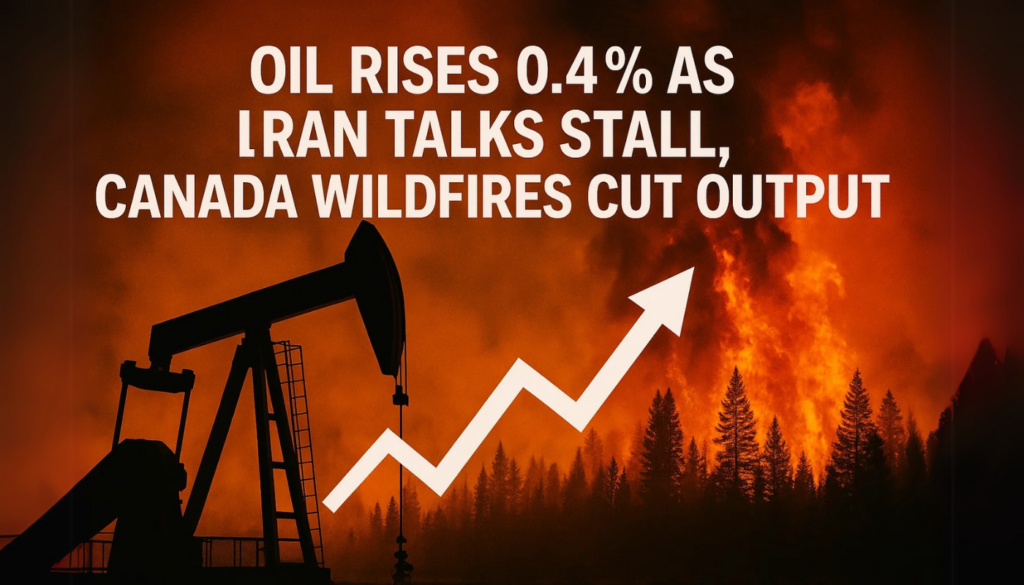Crude oil prices extended gains Tuesday, bolstered by persistent geopolitical risk and tightening global supply. Brent crude rose 0.32% to $64.84 per barrel, while West Texas Intermediate (WTI) added 0.43% to $62.79 in early Asian trade.
The climb follows a nearly 3% rally on Monday after the Organization of the Petroleum Exporting Countries and its allies (OPEC+) announced plans to maintain their July output increase at 411,000 barrels per day, defying market speculation of a larger hike. This move eased oversupply fears and triggered a reversal of bearish positions.
According to ING analysts, “OPEC+ delivered less than expected, which encouraged bullish sentiment to carry over into Tuesday’s trading.”
Iran Nuclear Standoff Fuels Tension
Oil markets are increasingly pricing in the potential for prolonged U.S. sanctions on Iran, one of the world’s key crude producers. An Iranian diplomat said Monday the country is set to reject the latest U.S. proposal to revive a nuclear agreement, citing concerns over uranium enrichment and a lack of concessions from Washington.
Continued diplomatic deadlock could restrict over 1 million barrels per day of Iranian crude from global markets. Analysts note that Iran’s production has remained suppressed under sanctions, but any signal of failed negotiations reinforces bullish bets on supply tightening.
Geopolitical risks also intensified as wildfires in western Canada forced shutdowns in Alberta’s oil sands region, curbing production in one of North America’s top energy hubs.
Notable Supply Disruptions:
- Iran nuclear talks stall – risk of sanctions extension
- Canada wildfires – impact 344,000 bpd or ~7% of output
- OPEC+ output – July hike limited to 411,000 bpd
Combined, these supply-side stressors have raised fresh concerns about the balance between oil availability and rising demand, especially heading into the summer travel season.
Dollar Weakness Adds Tailwind
A softer U.S. dollar, which hovered near six-week lows, added upward momentum to crude prices. The dollar index, which tracks the greenback against major currencies, slipped as traders reacted to uncertainty over President Donald Trump’s tariff agenda and its implications for economic growth.
“A weaker dollar makes dollar-denominated commodities more attractive globally,” said Priyanka Sachdeva, senior analyst at Phillip Nova.
Oil’s near-term trajectory now hinges on how global supply risks evolve, particularly in Iran and Canada, as well as the pace of any U.S. dollar recovery.


